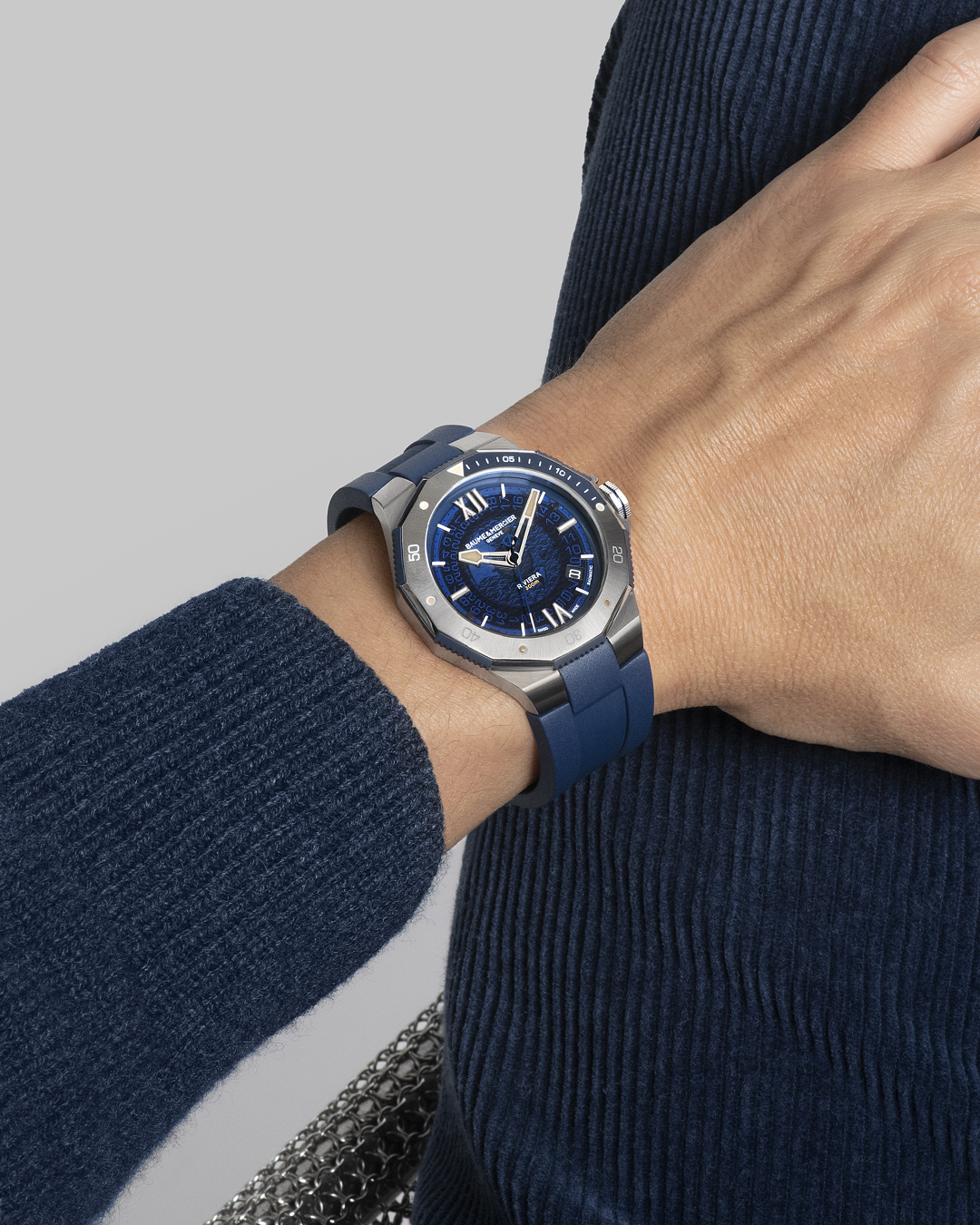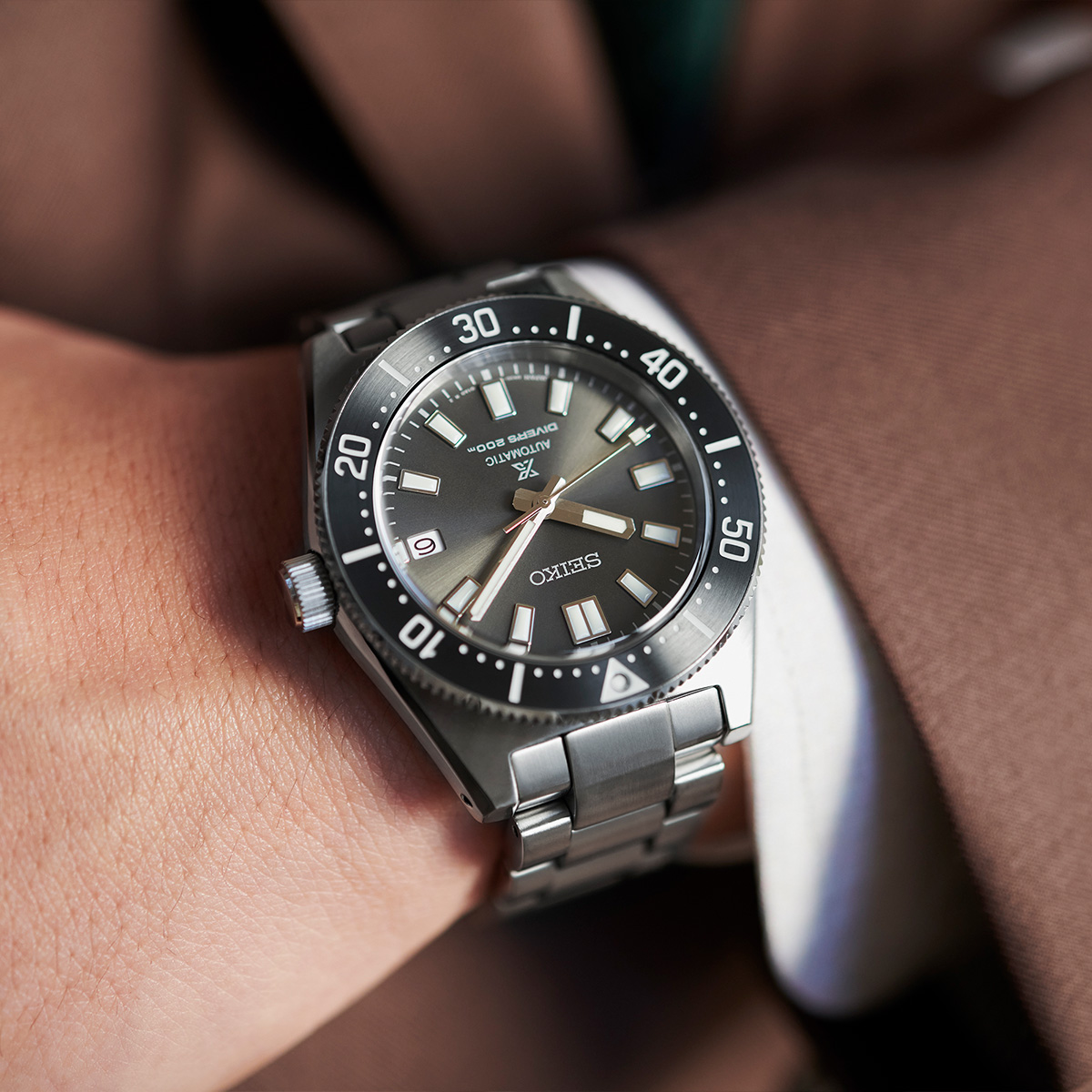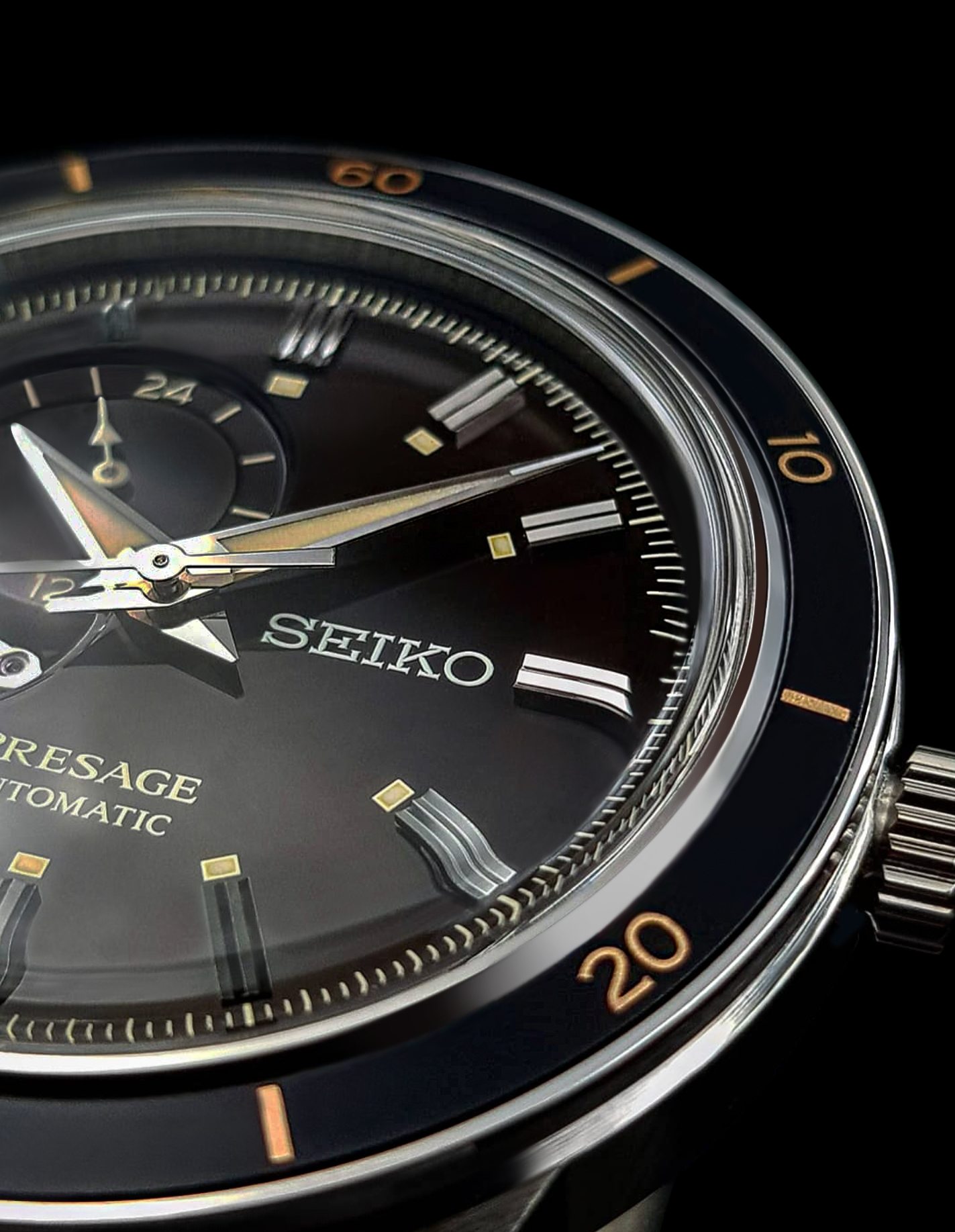Looking at a piece of jewellery with nothing but the naked eye isn’t enough for determining its quality. Here is a breakdown of several factors that need to be considered and looked into.
It’s All in the Quality
While there is no clear-cut definition as to what makes a piece of jewellery ‘fine jewellery’ (with many jewellery experts not seeing eye-to-eye on the matter), it is generally considered as the best in its class – handmade with precision and skill by a finely trained craftsperson, opposed to being mass produced for a lower cost by machines in a factory.
The Cost Says Something
If you’re comparing similar pieces of jewellery offered by two different brands, think twice before opting for the cheaper option. The stones in the pricier piece for example are likely to be greater in quality – even if you can’t tell the difference between the two. And unlike the less costly alternative, the pricier piece will likely have been treated in a way that ensures it remains of the highest quality with the test of time.
Materials Matter
Unlike costume or fashion jewellery, fine jewellery refers to higher-end investment pieces – in the form of gold, platinum or silver pieces, often set with precious gemstones: diamond, ruby, sapphire and emerald.
Fashion jewellery on the other hand is based on silver and gold lookalikes: silver, brass, copper or tin, often set with beautiful but less precious pearl, amethyst, garnet, aquamarine, tanzanite or jade – although time has seen being incorporated into fine jewellery, adding a new dimension to traditional pieces.
The History and Origin of a Piece
Have you ever stopped to think where the stones in mass produced jewellery items from lower-end jewellery stores have come from? A lab is your most likely answer. Alongside providing an up-to-date certification form, higher-end jewellery store should be able to proudly tell you the story behind each of their genuine jewellery pieces – which won’t start in a factory.
Treatment
The way in which a gem has been treated – that’s with or without heat – might not be visible to the naked eye, but a heated gem, heated for the purpose of bringing out the gem’s colour (and therefore deceivingly appearing as the higher quality option), will be less valuable than an unheated gem.
The only way to know whether a gem has been heated or not is to do your research, simply by asking the seller. They should be able to provide you with updated certification papers as well, for that extra peace of mind. It also can’t hurt to get a second opinion on the piece from an expert, or a friend with fine jewellery knowledge.
Age Matters
This isn’t referring to the age of a piece of jewellery itself, but rather how long ago its design and materials became a ‘thing’. Chanel’s brooches and chains for example inspired the Byzantine-inspired jewellery seen on the YSL and LaCroix runway in the 70s and 80s. The longer a jewellery style has been around, the more it will be considered as fine and high end, and therefore will be pricier – not to mention timeless.
Your Custom Fine Jewellers in Perth
For an entire range of high-end jewellery that ticks all the fine jewellery boxes, head to Smales Jewellers, with store locations including Bunbury and Subiaco. Our trusted fine jewellery experts will be able to provide all the details on a piece that you can’t look away from, or create a fine bespoke piece that will be well worth the investment.




